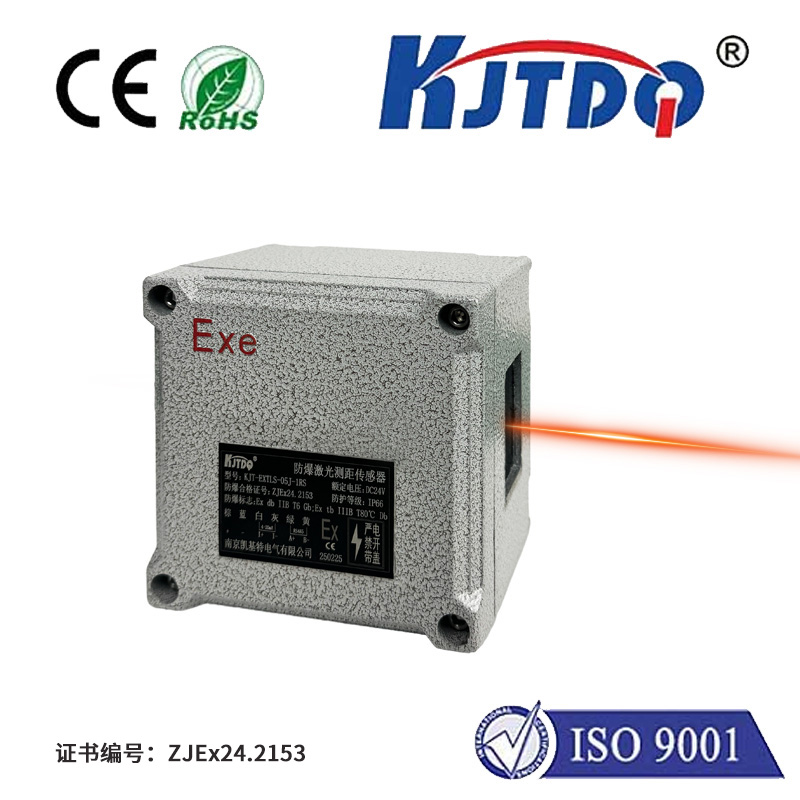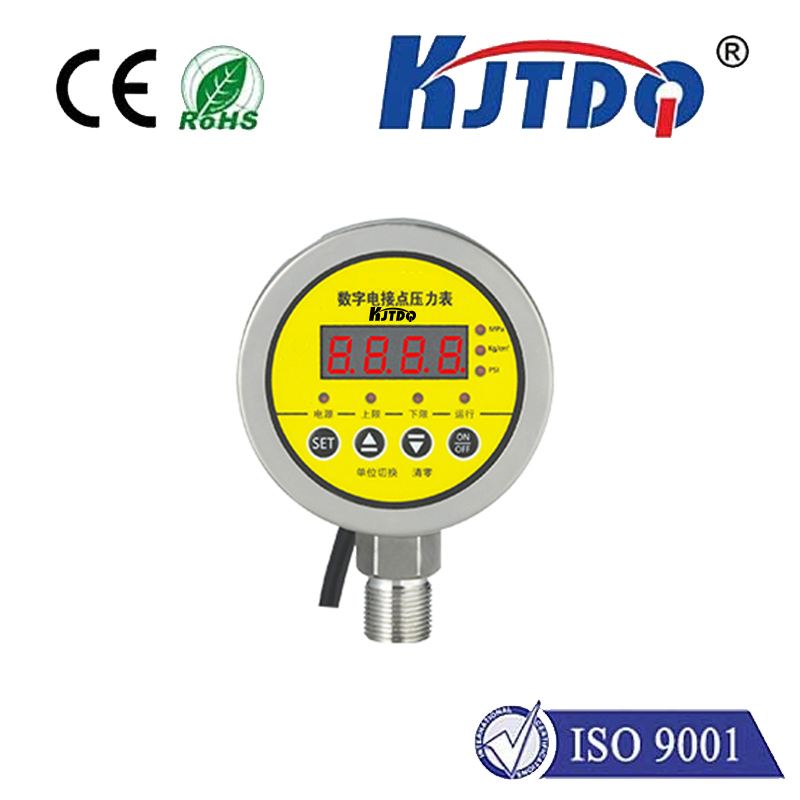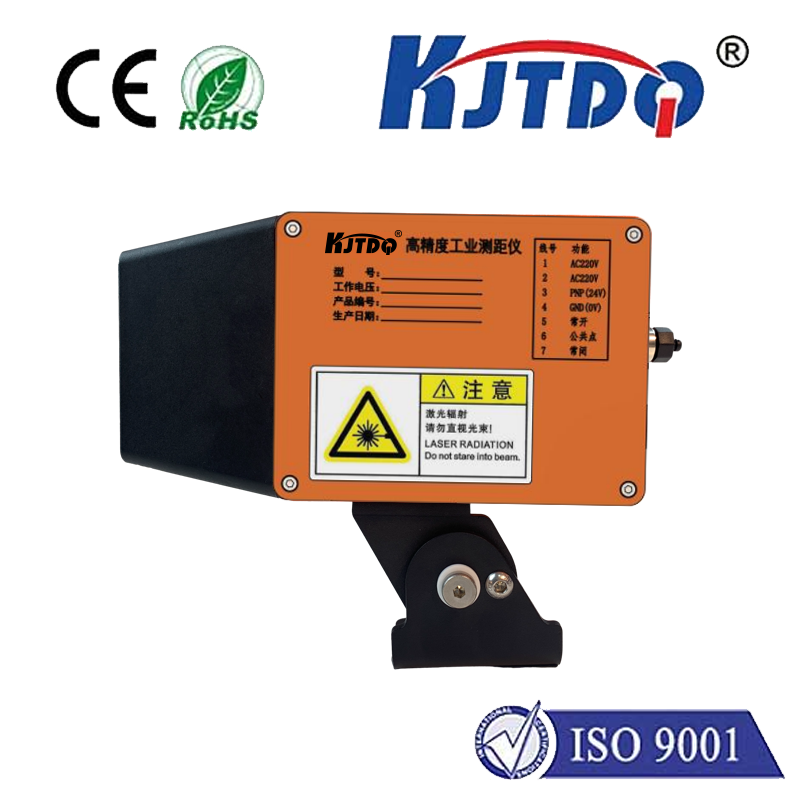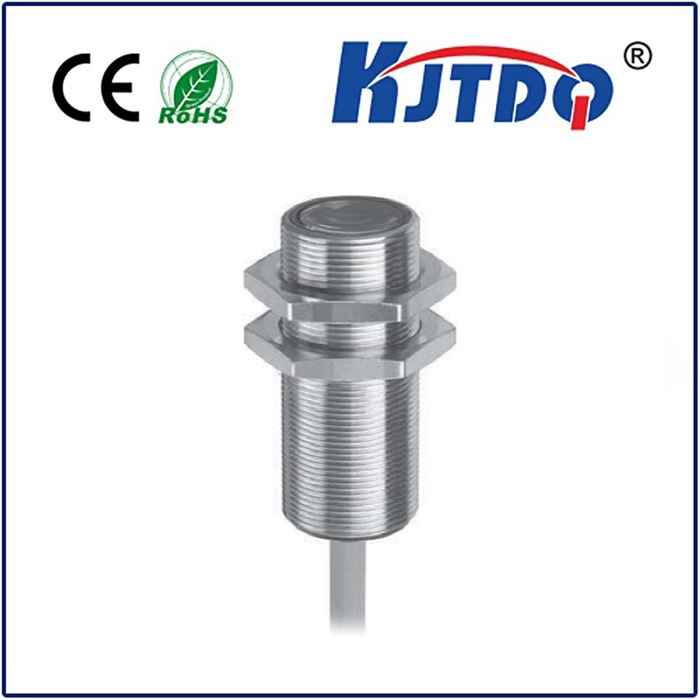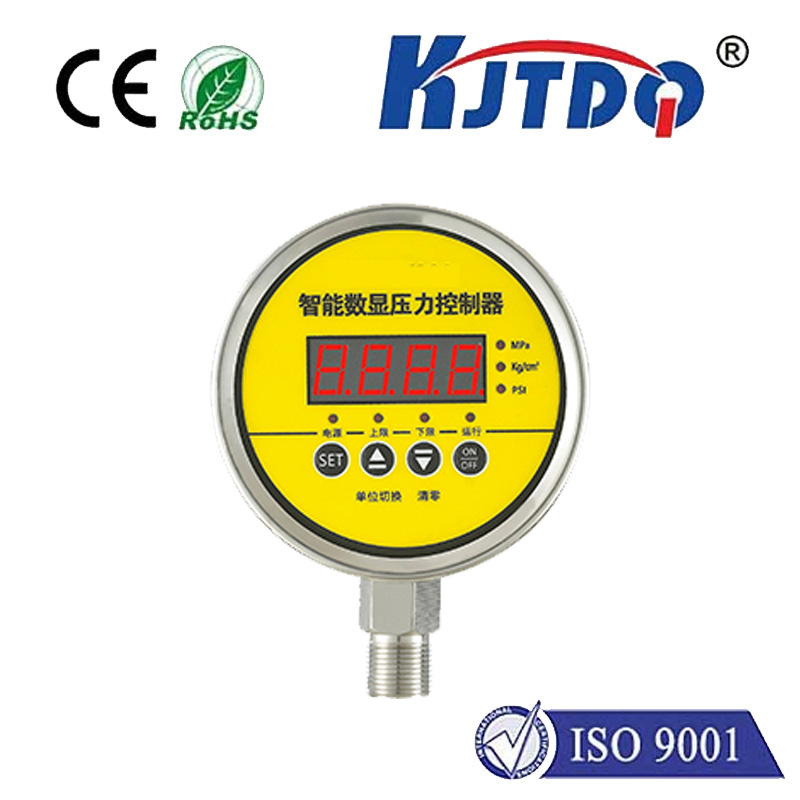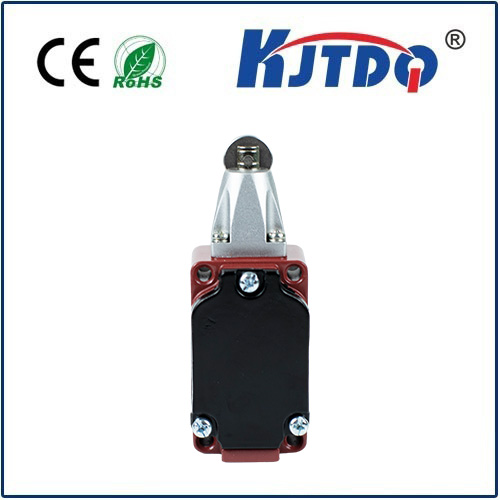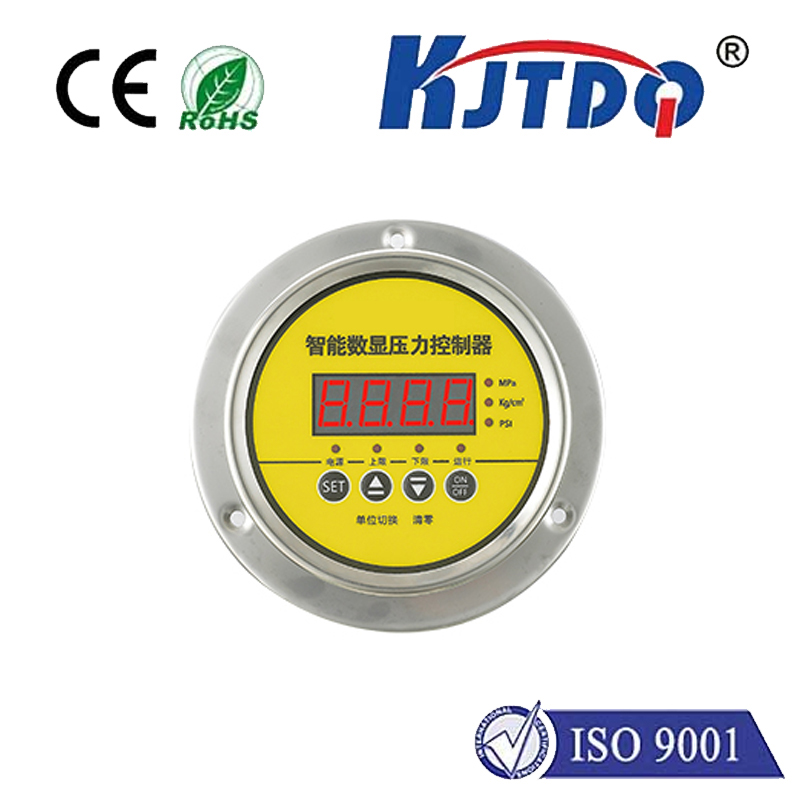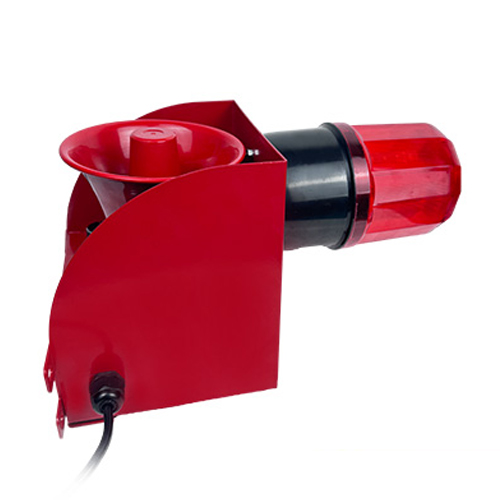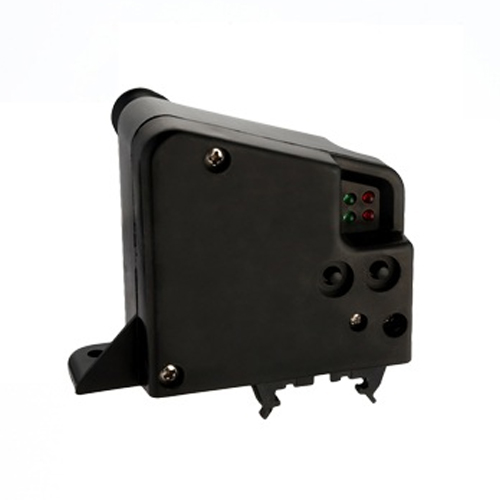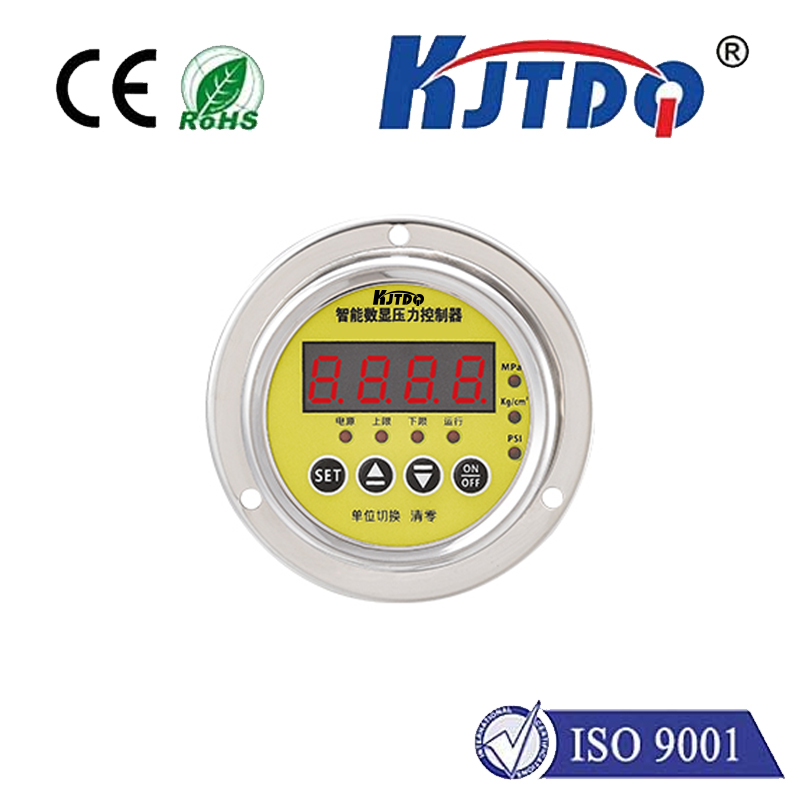

check

check

check

check
In the intricate world of industrial automation, robotics, and countless consumer devices, sensing is the silent foundation. Detecting the presence, position, or properties of objects without physical contact – non-contact detection – is crucial for efficiency, reliability, and safety. Among the most prevalent technologies enabling this magic are capacitive sensors and inductive sensors. Understanding their distinct principles, strengths, and ideal applications is key to selecting the perfect tool for your sensing challenge.
Unlocking the Tech: Core Principles
At their heart, both sensor types detect changes in an electromagnetic field. However, how they generate and interact with that field differs fundamentally:
Where They Shine: Ideal Applications
Their contrasting principles naturally lend them to different application domains:
Inductive Sensor Champions:
Metal Detection: The undisputed king for detecting the presence, absence, or position of metallic objects – machine parts on conveyors, pistons in cylinders, gear teeth counting.

High-Speed Counting: Their robust nature and fast response times suit them perfectly for counting metal components moving at high speeds.
Harsh Industrial Environments: Foundries, metal machining, automotive assembly lines, hydraulic/pneumatic systems – anywhere exposed to significant dust, oil, coolants, or moisture impacting non-metallic sensor elements. Their environmental ruggedness is a major asset.
Target Specificity: Where only metal detection is desired, they ignore non-metallic objects efficiently.
Capacitive Sensor Champions:
Non-Metal Detection: The go-to solution for detecting plastics, glass, wood, ceramic, liquids (through container walls), powders, food products, and more. Essential in packaging, bottling, woodworking, and food processing.
Level Sensing: Highly effective for detecting the level of liquids, granular solids (like grains, flour, pellets), or powders in tanks, silos, or hoppers, often through non-metallic walls.
Presence Detection: Detecting labels on bottles, filled vs. empty containers (regardless of material), presence of objects on non-metallic surfaces.
Thickness Measurement: Can measure the thickness of non-conductive materials like plastic films or paper by detecting variations in dielectric properties.
Liquid Properties: Some specialized versions can infer liquid properties (like concentration or composition) based on dielectric constant changes.
Selecting Your Champion: Key Decision Factors
Choosing between capacitive and inductive sensors isn’t about which is “better” overall, but which is better suited for your specific task. Consider these critical factors:
Beyond the Binary: Complementary Tools
It’s vital to remember that capacitive and inductive sensors aren’t compes; they are complementary tools in an engineer’s toolkit. Think of them like different screwdrivers – a flathead for slotted screws, a Phillips for cross-head. An inductive sensor shines bright detecting a metal gear tooth, while a capacitive sensor reliably confirms the plastic bottle cap is present on the filling line. Modern applications often leverage both technologies side-by-side.
Conclusion: Precision Through Understanding
Mastering the distinctions between capacitive and inductive sensors empowers engineers and system designers to implement the most effective, reliable, and cost-efficient sensing solutions. By carefully evaluating your target material, environmental conditions, required range, and mounting constraints, you can confidently select the sensor type – capacitive for unmatched material flexibility or inductive for robust metal detection in harsh environments – that unlocks the precision and reliability your application demands. The right choice ensures seamless operation and optimal performance in the intricate dance of automation.
